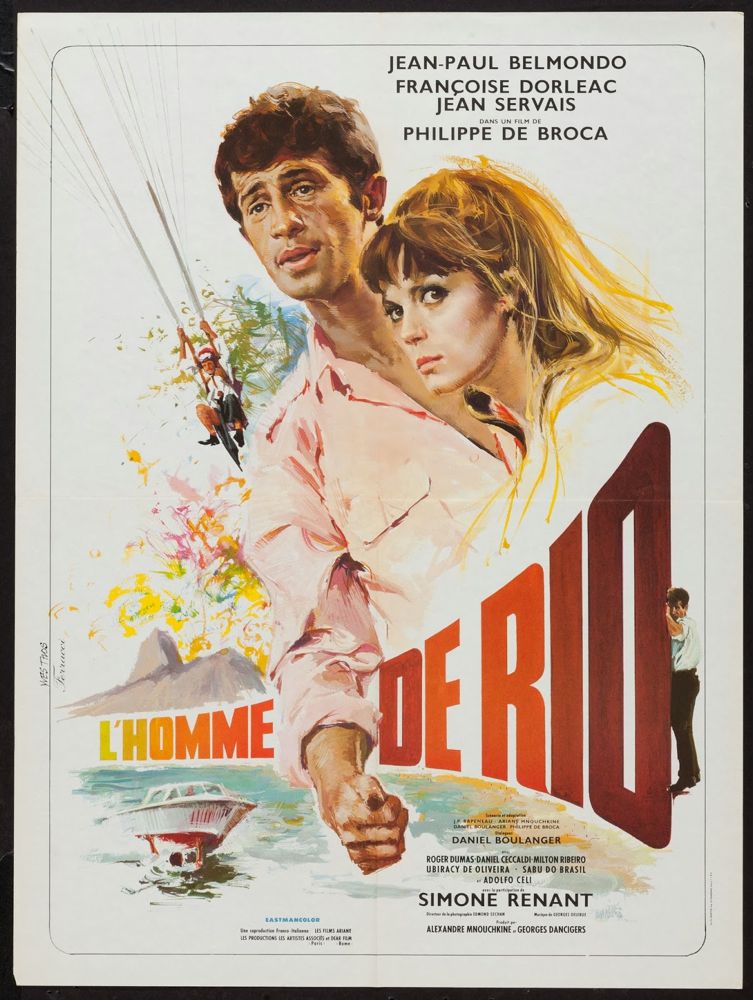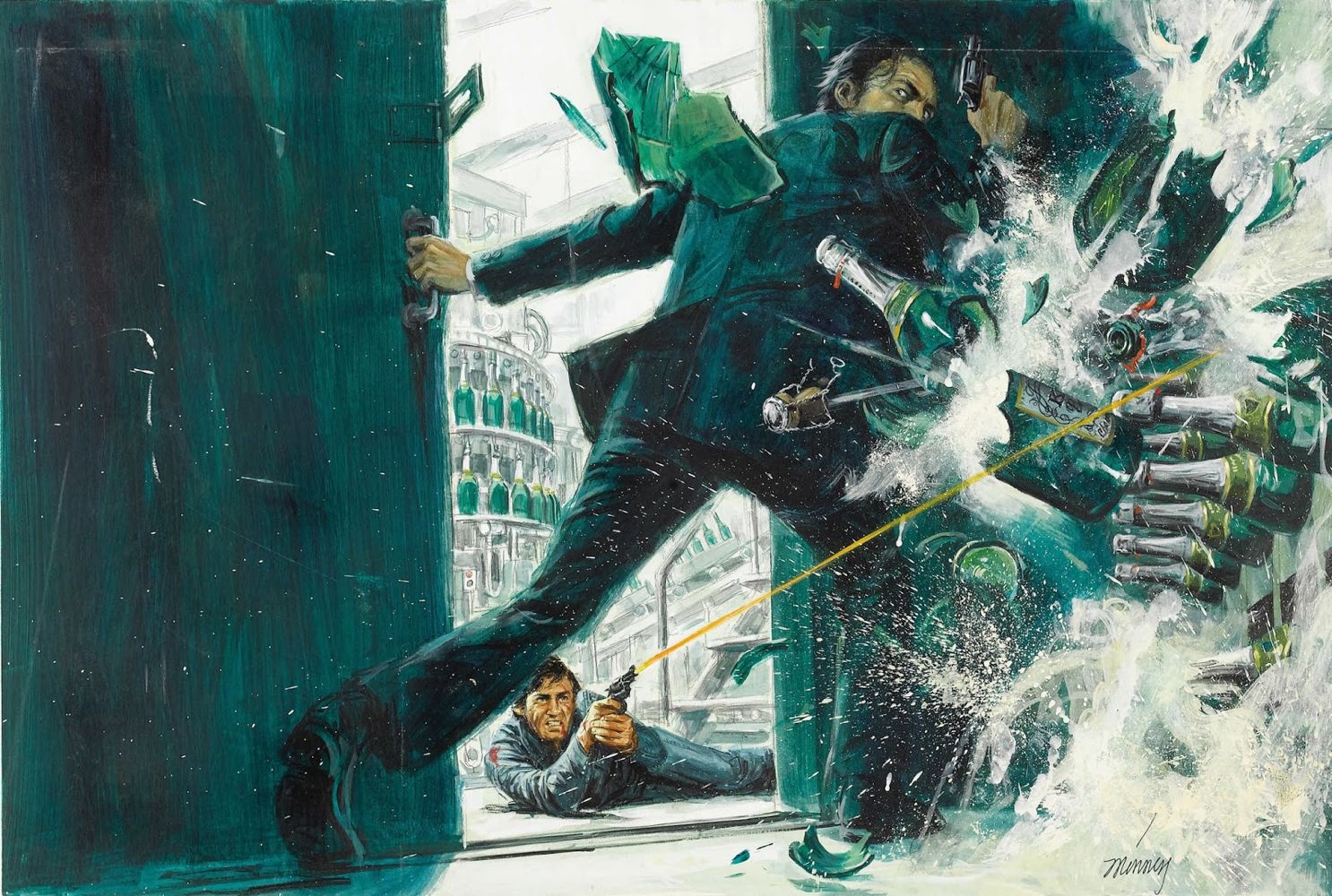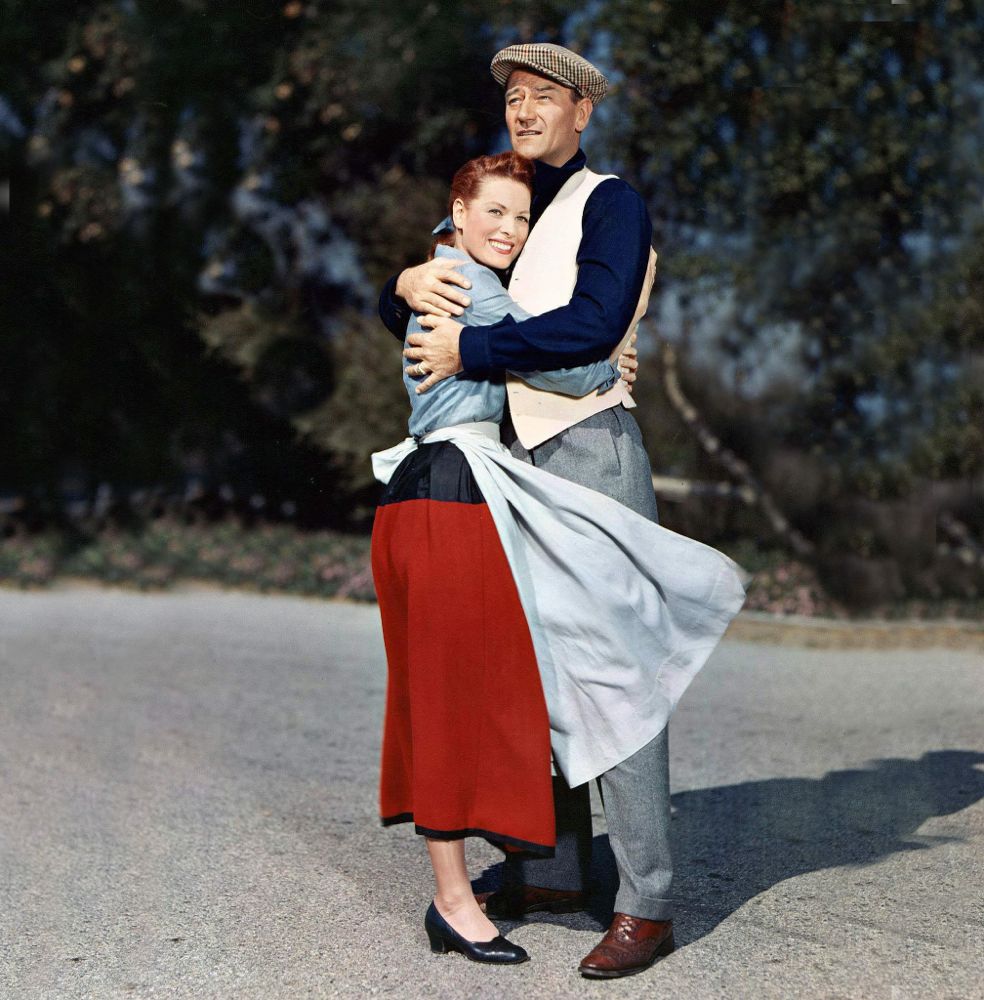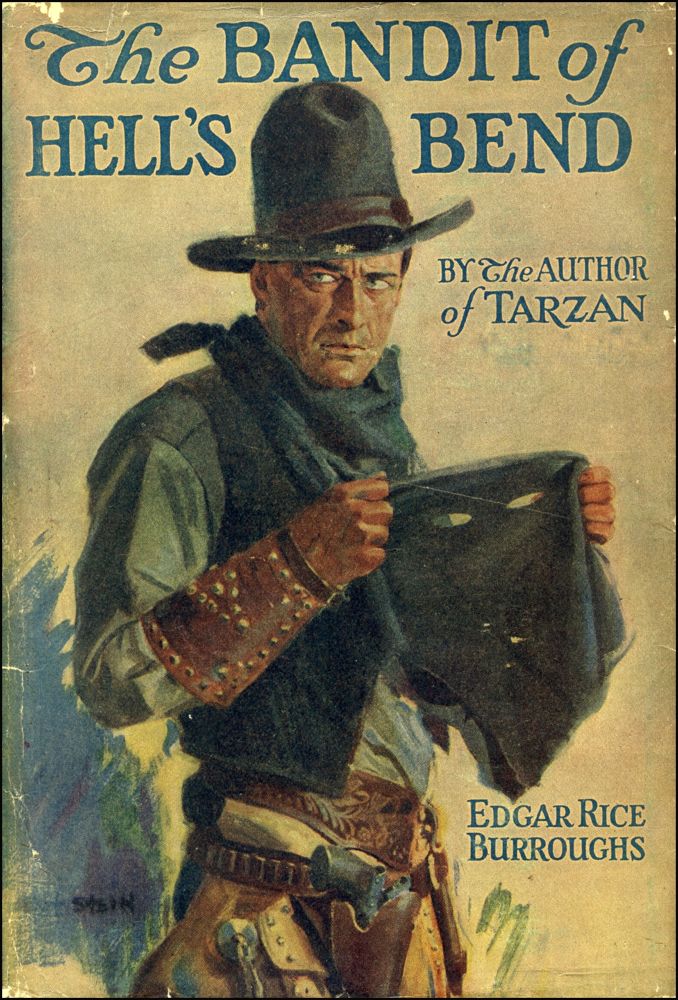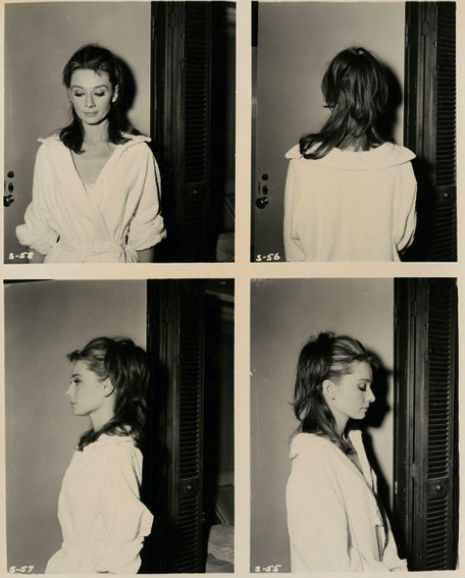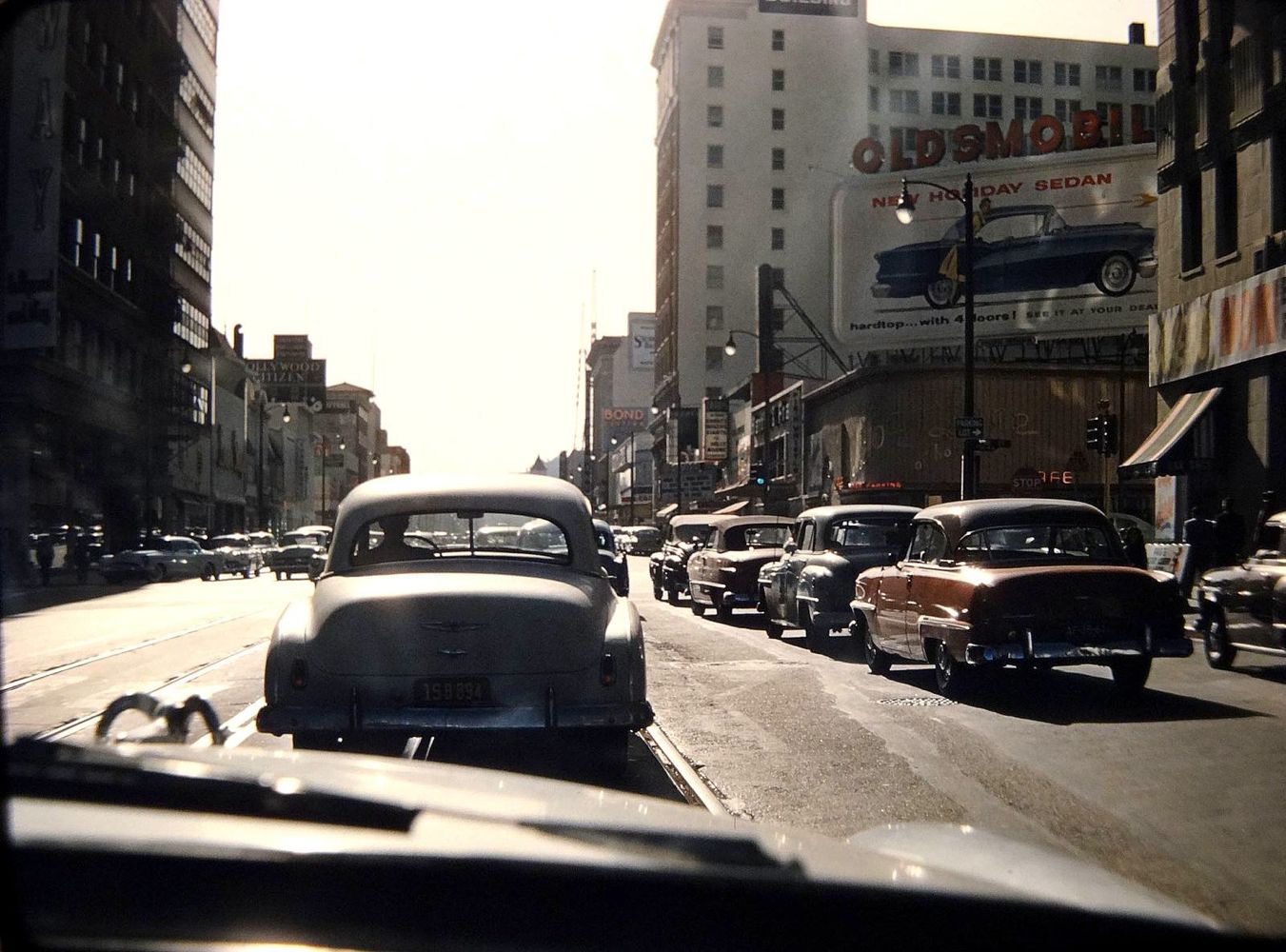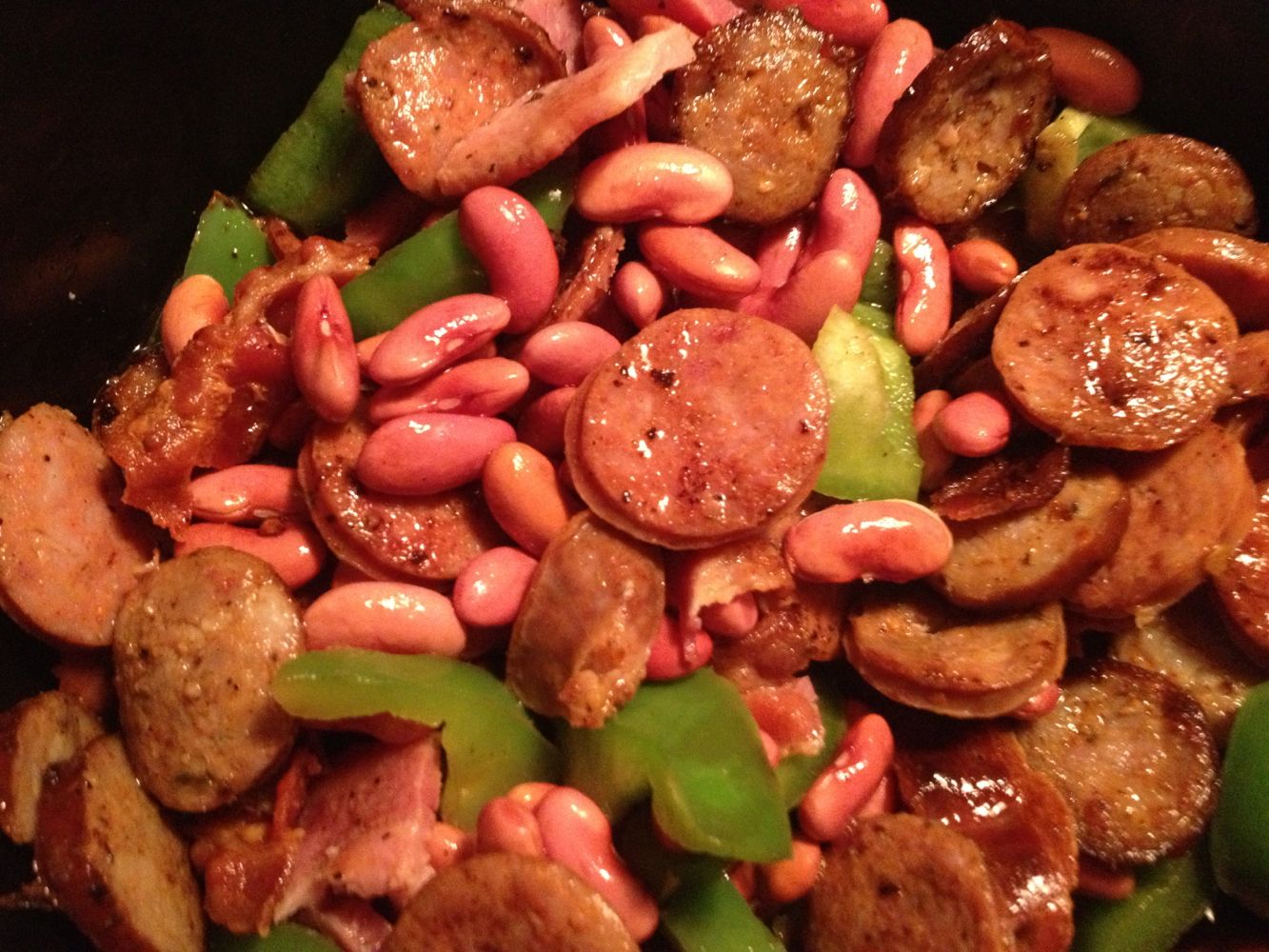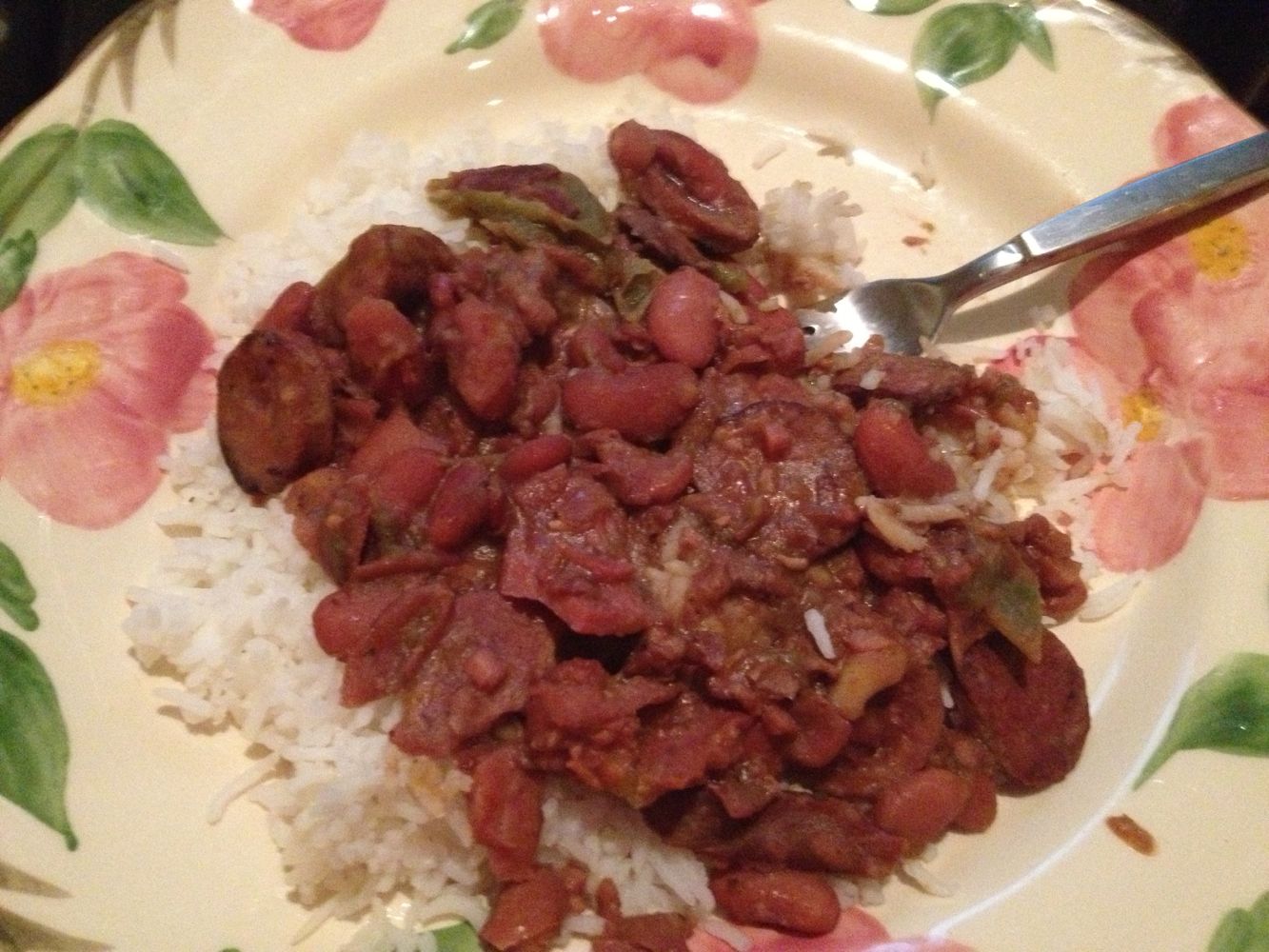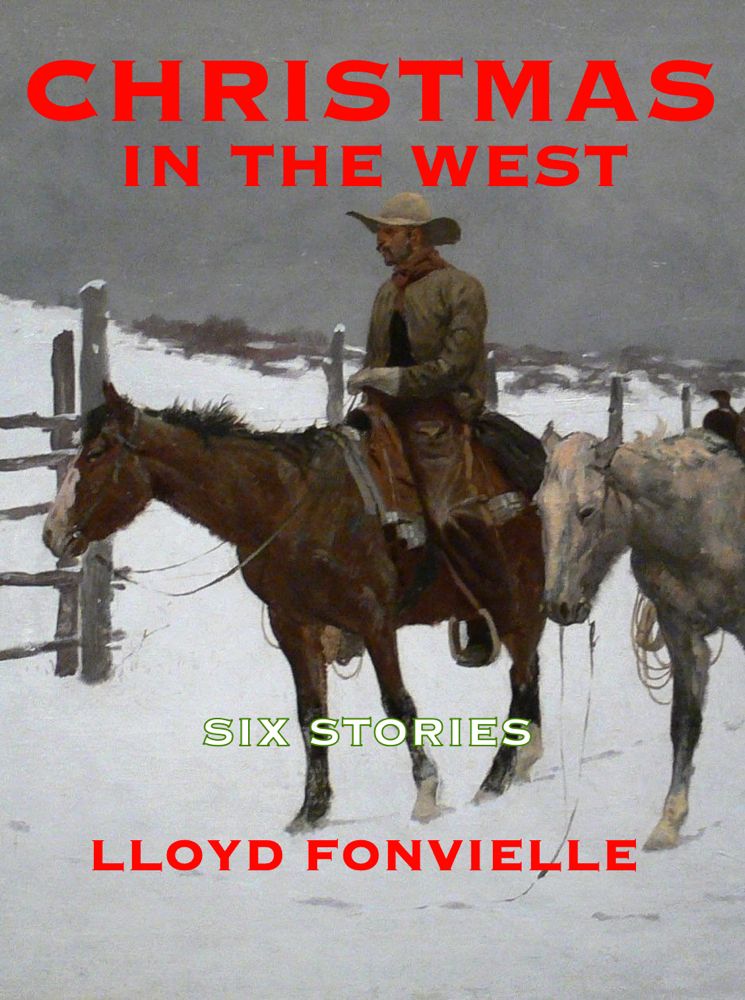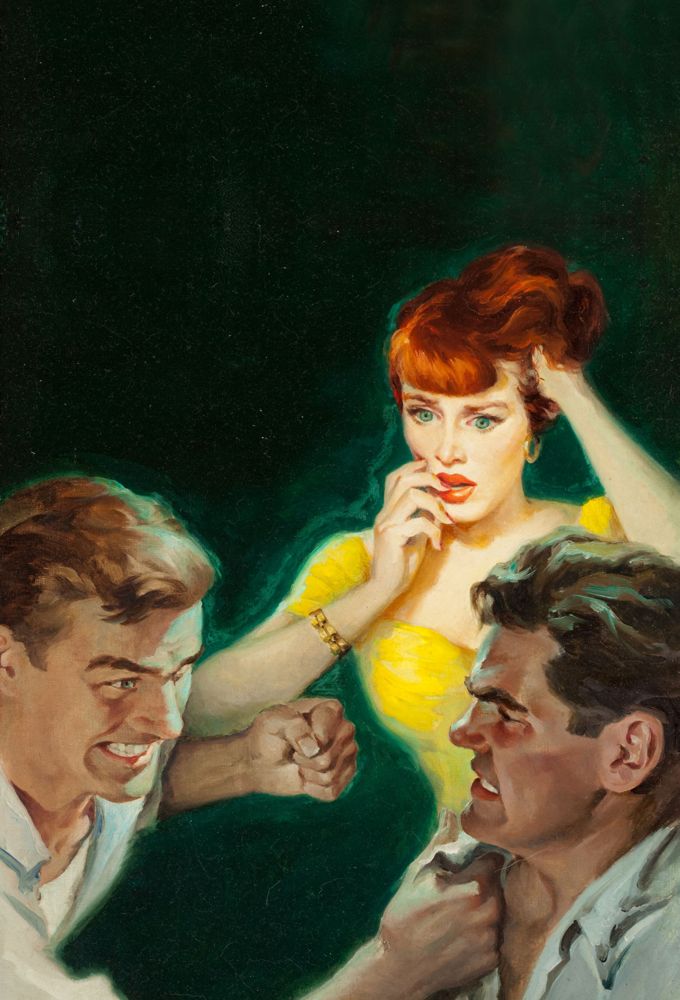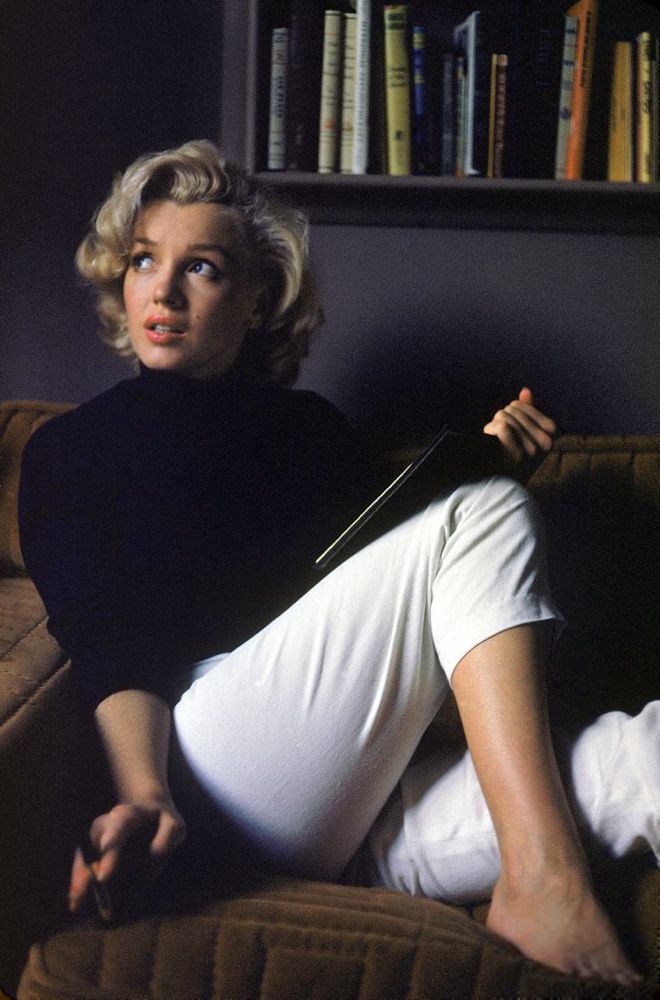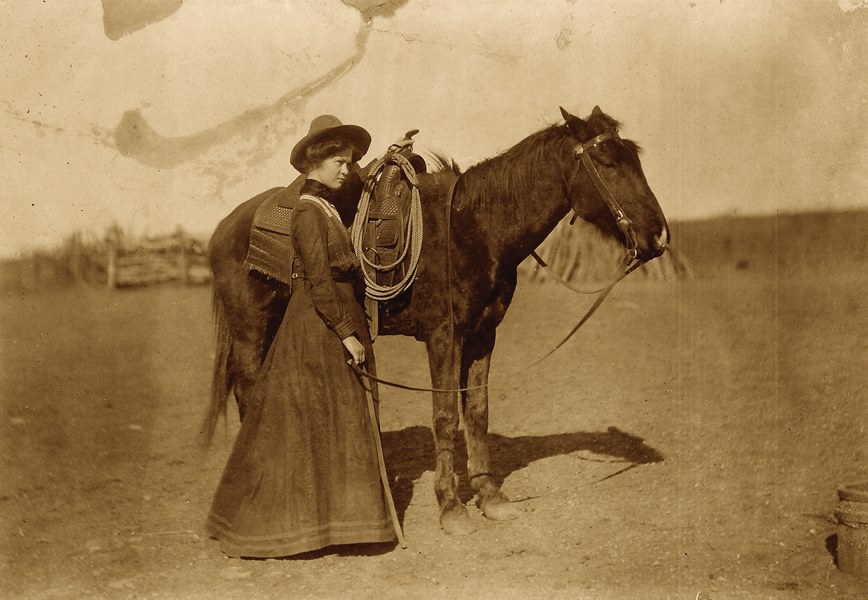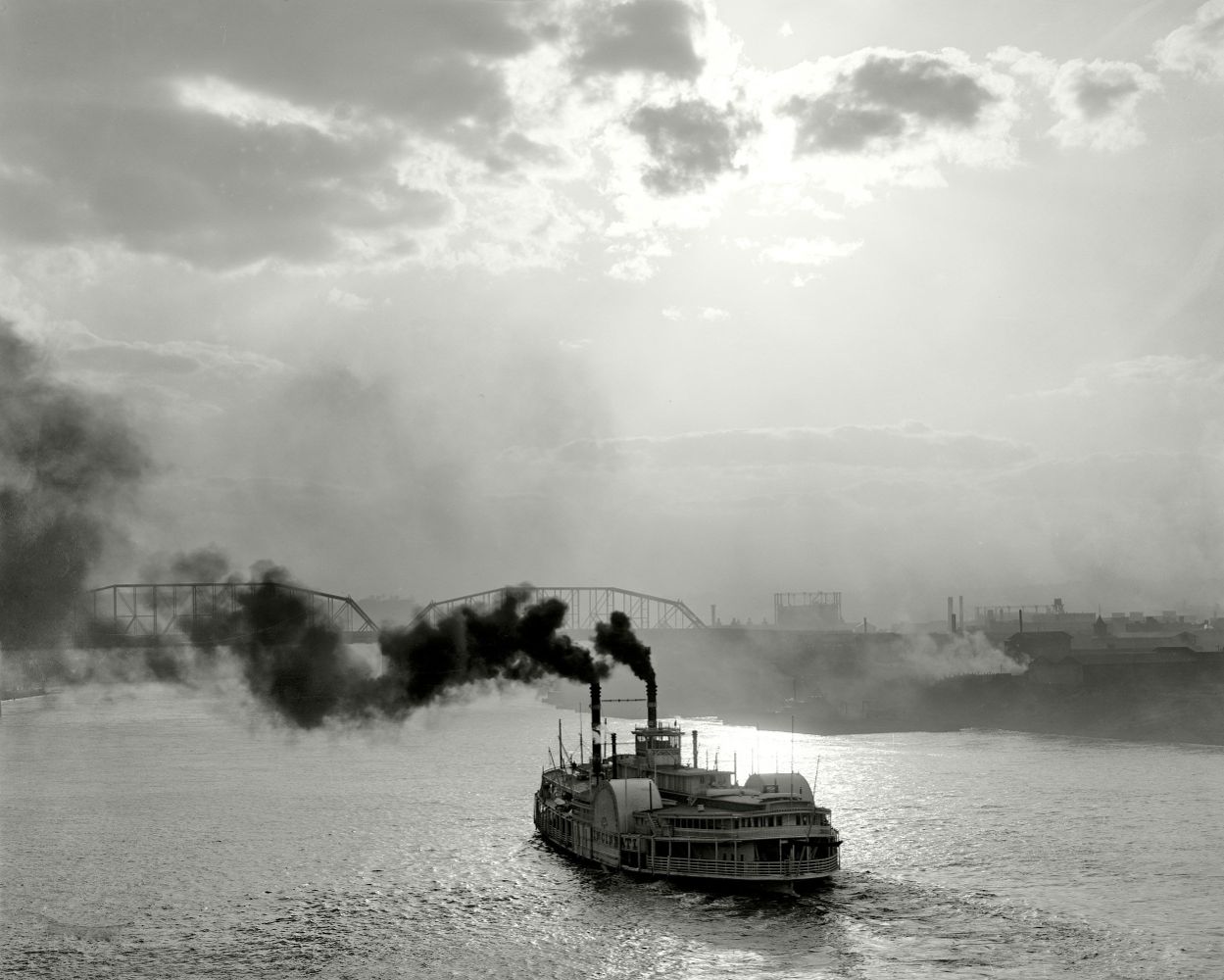Click on the image to enlarge.
Monthly Archives: November 2013
A BRUCE MINNEY FOR TODAY
A FILM PUBLICITY STILL FOR TODAY
AND GOD CREATED WOMAN
IN THE VALLEY OF THE SUN
A WESTERN BOOK COVER FOR TODAY
AUDREY X 4
HOLLYWOOD BOULEVARD
SOME THOUGHTS ON RED BEANS AND RICE
. . . of a philosophical nature.
Red beans and rice was an invention of Creole chefs in the kitchens of The French Quarter in New Orleans, but its enduring popularity and ubiquity in Louisiana are due to the fact that it’s basically a dish for poor folks — a way of adding flavor and spice to the timeless staples of beans and rice.
Variations on red beans and rice can be found all over the Caribbean and Latin America. What distinguish the New Orleans variant are the local spicy sausages and the cured pork of one sort or another.
The meats are a kind of lagniappe — treats that enhance the simplicity of beans and rice. If you’re not poor, there’s a tendency to think that even more meat will make the dish even better. If you’re delighted, when eating a traditional plate of red beans and rice, to get a bit of sausage or ham in a forkful of the beans, then it stands to reason that getting several bits of sausage or ham in a forkful will delight you even more.
This is true, as I have learned from experience, but only up to a point, as I have also learned from experience. If you get to the point where the beans start to seem like an afterthought, just garnish for a meat stew, you have gone too far. The beans and rice have to carry the freight of the dish, or it’s not really red beans and rice as it’s eaten in New Orleans.
Click on the images to enlarge.
THE COVER
This is the final version of the cover I’ve chosen for my new collection of Christmas tales set in the West.
The image is a detail from a painting by Frederic Remington called The Fall Of the Cowboy. The full painting shows a dismounted cowboy opening a gate in a barbed-wire fence for himself and the mounted cowboy you see. It was meant to suggest the fencing in of the open range, which didn’t do away with the cowboy but changed the nature of his trade,
It dates from 1895, when the culture at large was beginning to think about the passing of the Old West.
Click on the image to enlarge.
A STORY ILLUSTRATION FOR TODAY
GIRL WITH NOTEBOOK
COWGIRL
STEAMBOAT
AMERICA THE BEAUTIFUL

